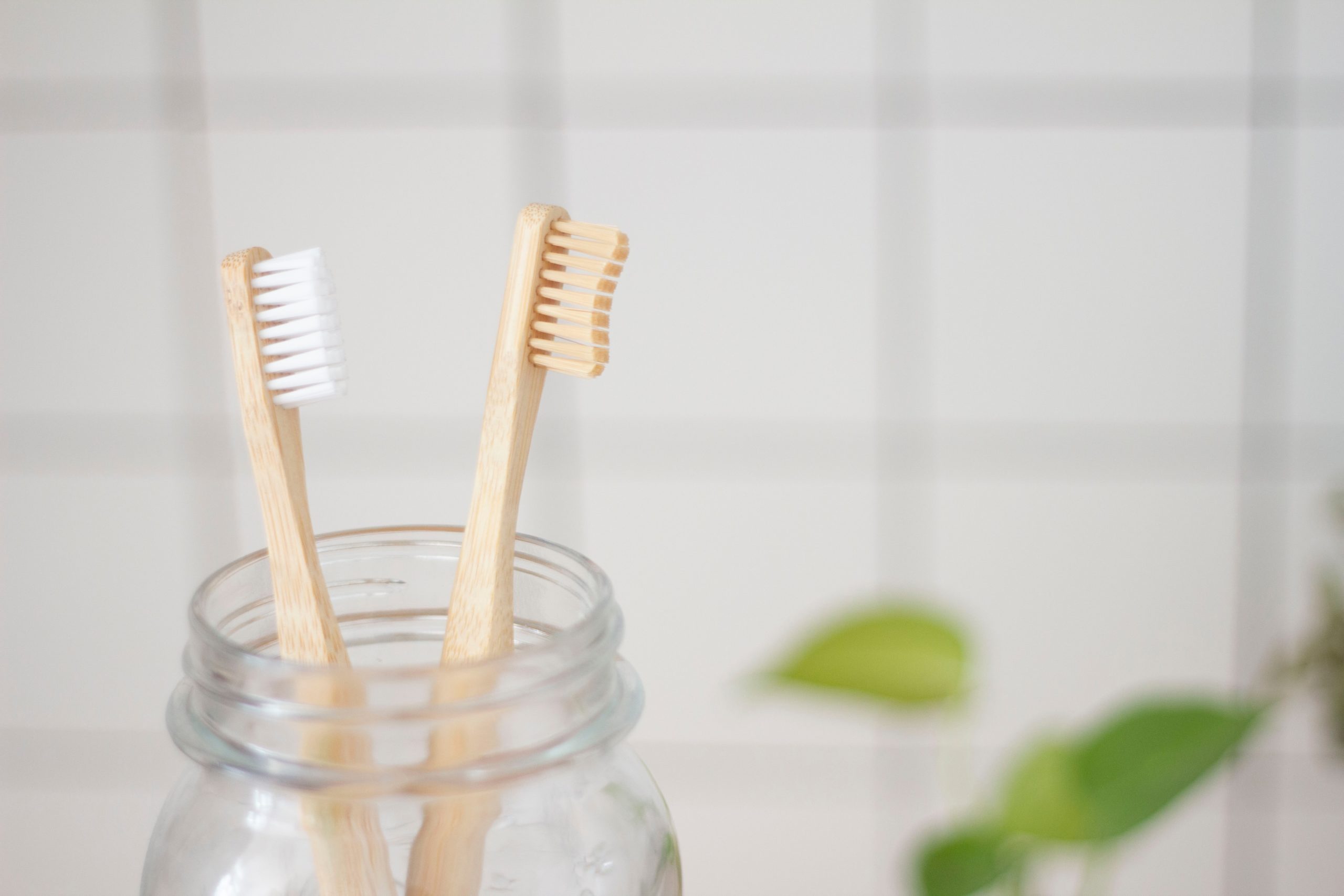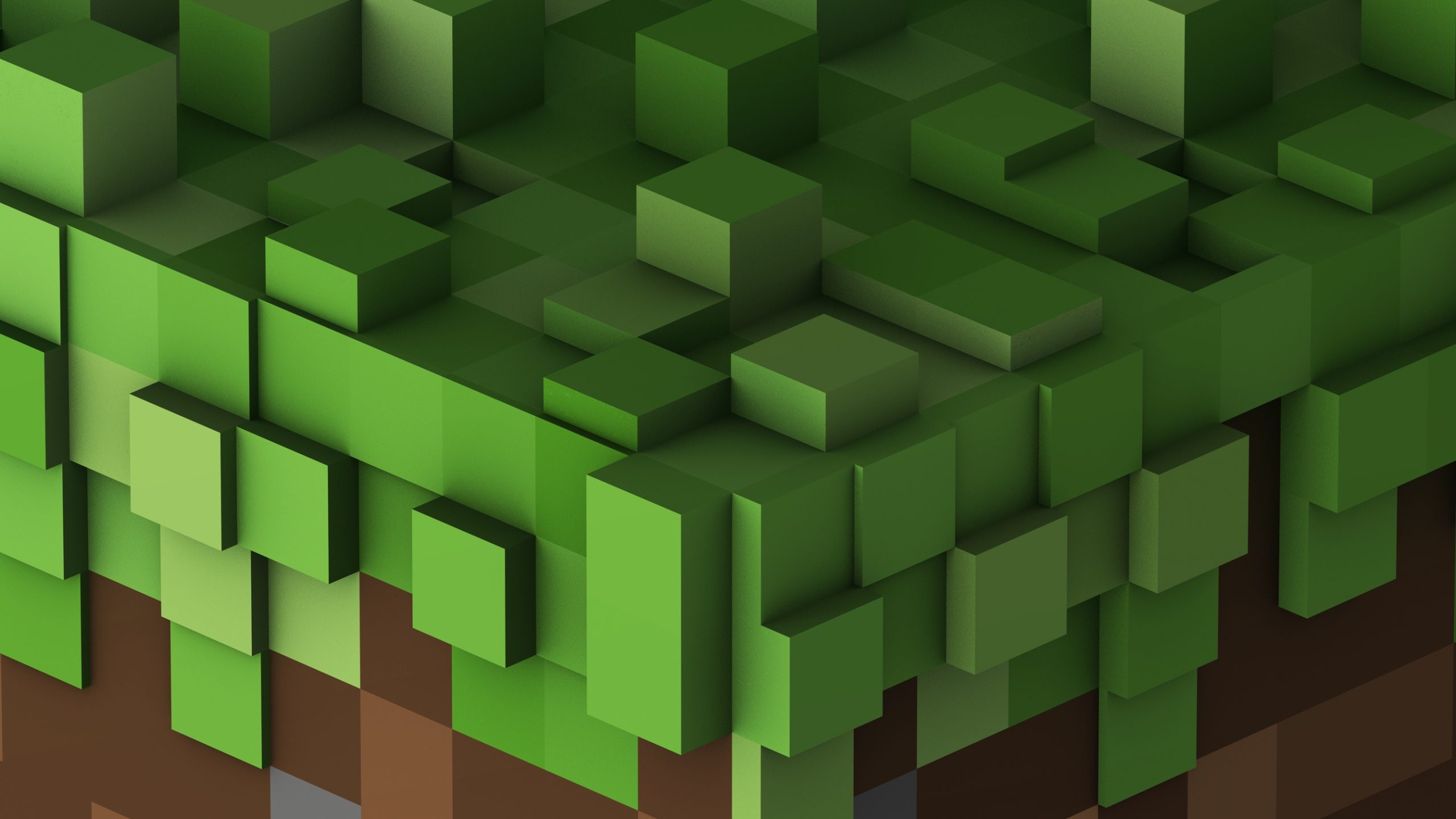There are three properties of an optical coating, such as transmission, reflection, and polarization. The optical coating is used as a coating to enhance optical components. When we talk about an uncoated glass component, then around 4% of the light reflects on the surface. This light is considered an incident light. For reducing the reflection, we can consider anti-reflection coating as it is.1% effective. For increasing the reflectivity, we can use a 99.99% dielectric coating. There are several materials, as well as thick layers used for composing optical coating. As it depends on the thickness as well as the refractive index of the optical component. There is a different-different type of coatings used for manufacturing.

There are some metallic materials as well as depositing dielectric, which is used to film all the optical coatings. The optical thickness depends on the increase and decrease of the optical coating. The wavelength is also depending on the same layer, which is used to refract low index and a high index of layers. For developing the performance of the optical coating, the optical component is being considered on the scale of polarization. Here s-polarization and p-polarization are considered for accommodating different angles as well as incidence. Coating functions can be lost if we will use deviations, and it will also lower the performance. For getting more information regarding optical coating, you can go through this website https://www.evaporatedcoatings.com/optical-coatings-for-fiber-optic-devices/.
What are the theories of considering optical coating?
If we want to comprehend the optical coatings, then it is important to know the equations and theories of Fresnel, which is considered to refract and reflect optical components. When the wave’s propagation is traveling from one angle to the other, then it requires some refraction. It is also known as Snell’s law of refraction.
Here the equation varies with respect to the index of refraction. There are different mediums considered in optical coatings. To know the angle of ray, you need to use a multilayer thing so that refractive indices will be considered. When one ray is passing from one angle to the other, then there is relatively several lower refractive index, it is a complex angle which is used for reflecting refractive indices. The ray can be reflected if we will consider internal reflection. The ray will only pass when the incident angle and the critical angle are equal.
When there is two optical medium, then the transmission and reflecting angle require amplitude. It is organized through the optical media. There are several different equations for transmission and reflection.
What are the different coating technologies?
For applying different coatings, you need several technologies that are used for evaporation, deposition, plasma sputtering, and depositing the atomic layer. IBS and ALD are rendered as ion beam sputtering and atomic layer deposition. There are different levels and properties for acquiring coating stress, repeatability, spectral performance, process time, relative price, etc. for this, and you can use different source materials so that electron-beam can be vaporized.
What is an evaporative deposition?
There are lots of materials that can be easily vaporized by using any heating substance. There is a different-different coating chamber through which the thickness on layers is considered. The ion beam is used for evaporating the coating of the material. All the layers which are going to be coated have a different refractive index. Therefore, we can use coatings according to the material.
What is plasma sputtering?
Different technologies acquire advanced plasma sputtering so that plasma can be recovered. There are multiple ions as well as source material in which we can group all the technologies together. As a reason, their properties and functioning are different from each other.
Plasma sputtering comes with different functioning, and we can’t mix it. For evaporation, as well as for ion beam sputtering, we can use plasma sputtering for maintaining their groups.

Ion beam sputtering:
When we use high-power for accelerating the beams than the ion beam sputtering is considered to generate more kinetic energy. The biggest benefit of using an ion beam sputtering is that it varies with the overall growth through which we can consider different oxidation levels. We can consider different techniques for coating the surface, and ion beam sputtering is one of them. There are substrates parts through which we can make the surface robust and do the coating. Here a beam of ions is accelerated through which the ions can sputter on the surface and on the target. This film coating is rotating such that we can use the ion beams.
What is atomic layer deposition?
An atomic layer deposition is a type of material that is used as gas molecules so that the coating will easily get evaporate on the surface. In this type of layer, different-different layers are accommodated so that one can control and maintain the thickness of the surface.
Lastly, all the information is mentioned in the above article, go through them wisely for attaining complete knowledge.




